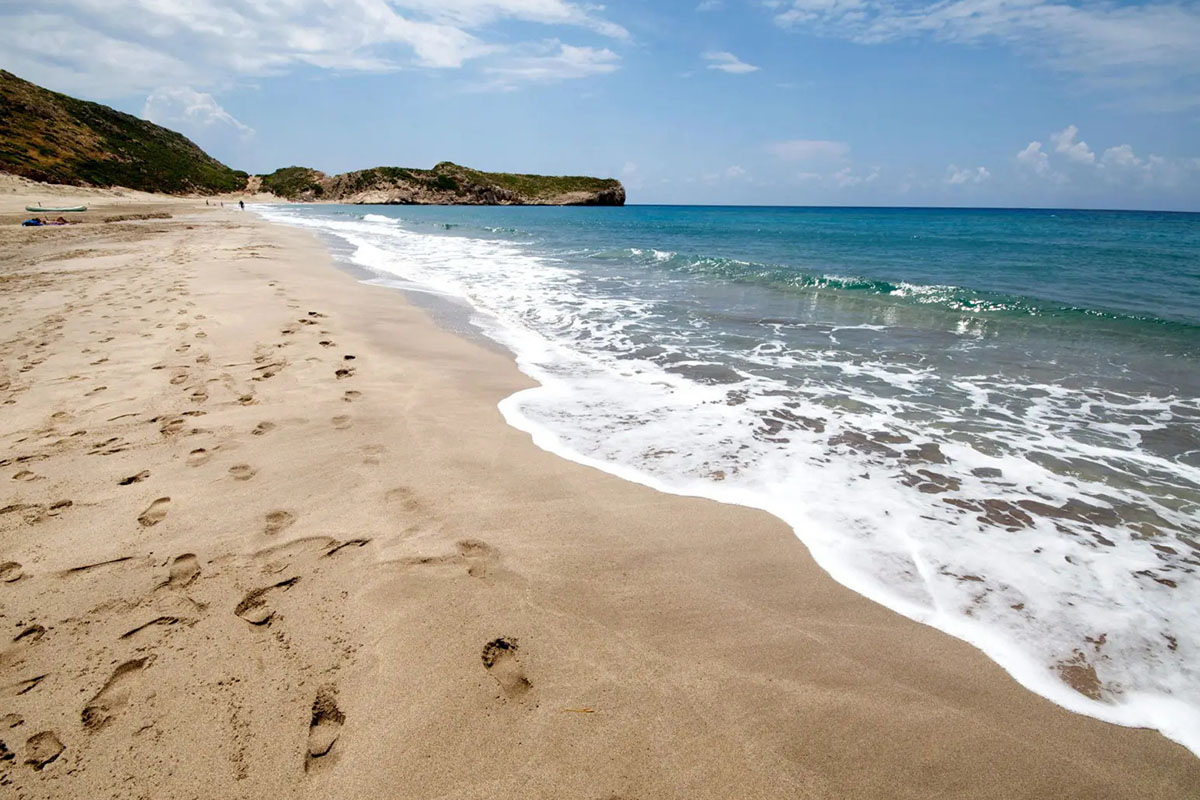



Patara, located on the southwestern coast of Turkey, is a mesmerizing blend of historical richness and natural beauty. Renowned for its extensive sandy beach, ancient ruins, and ecological significance, Patara stands as a captivating destination for travelers seeking a harmonious retreat.
Historical Significance:
One of the key attractions of Patara is its ancient ruins, which provide a glimpse into the glorious past of the Lycian civilization. The city was a major port and a prominent part of the Lycian League, an ancient federation of city-states. Visitors can explore the well-preserved remnants of the theater, agora, and the monumental gate, each echoing tales of a bygone era.
Archaeological Discoveries:
Archaeological excavations have unearthed significant finds in Patara, including the famed Lycian League inscriptions and a striking statue of Apollo. The city is believed to be the birthplace of St. Nicholas, the historical figure who inspired the modern-day Santa Claus.
Natural Beauty:
Beyond its historical allure, Patara boasts a breathtaking 18-kilometer-long beach, considered one of the longest in the Mediterranean. This pristine stretch of golden sand is a nesting ground for caretta caretta sea turtles, adding an extra layer of ecological importance to the area. The surrounding landscape, with its sand dunes and lush vegetation, offers a serene backdrop to the ancient ruins.
Ecological Importance:
Patara is part of a protected area due to its significance for biodiversity and the preservation of endangered species. The sand dunes play a crucial role in stabilizing the coastal ecosystem, making it an essential habitat for various plant and animal species.